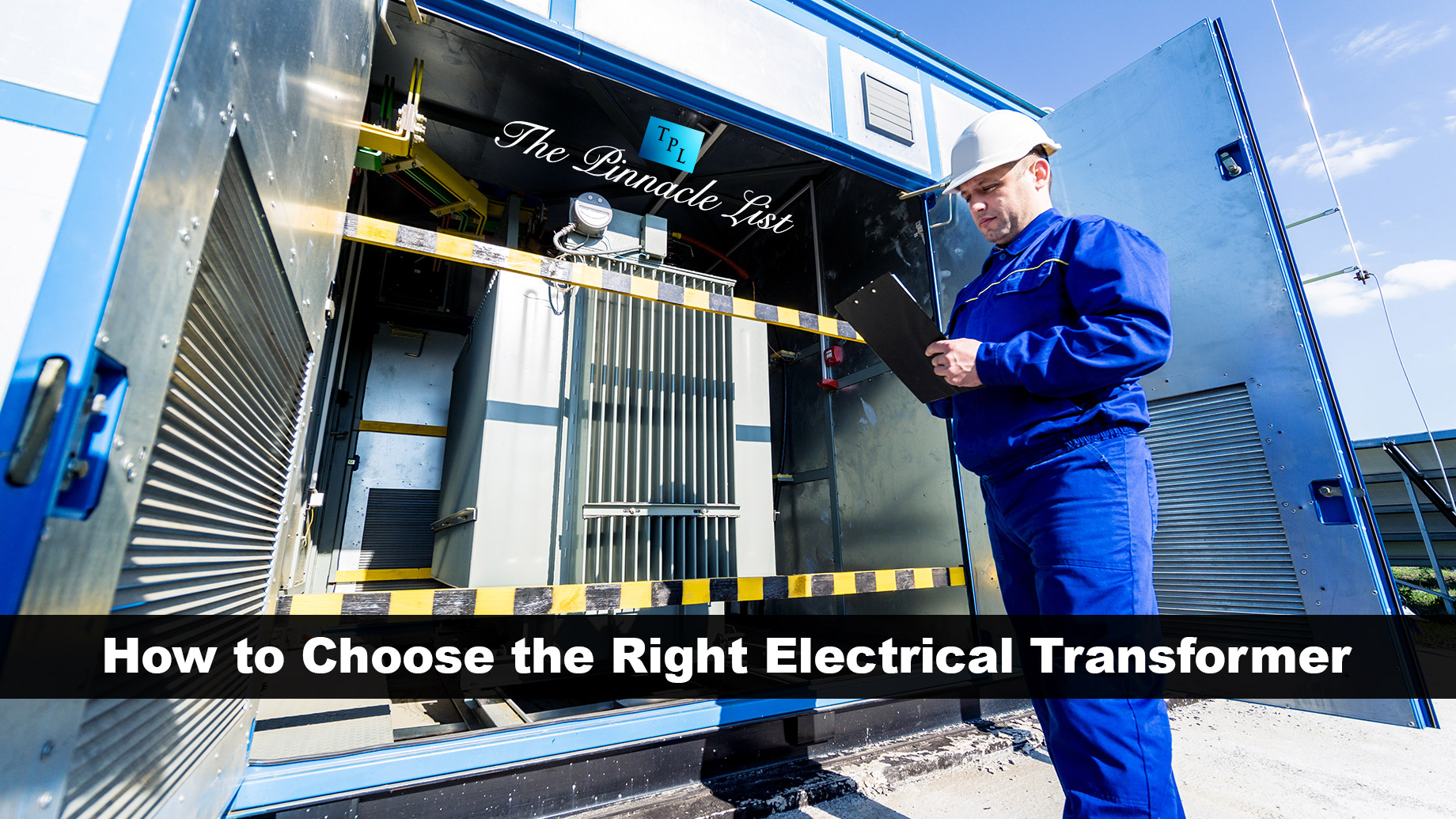
Selecting the appropriate electrical transformer for your needs is crucial for ensuring reliable power distribution while complying with applicable safety and environmental regulations. Not every transformer is suited for all applications, despite there being some overlaps.
When choosing between the two main categories of transformers – oil-filled and dry-type – it’s essential to understand the advantages and limitations of each so you can make an informed decision that aligns with your power needs and operating conditions.
Here’s what you need to consider.
What is your installation environment?
Will you need to install your transformer inside or outside?
Many businesses choose dry-type transformers because they’re safer, don’t impact the environment as much as oil transformers, and are versatile in terms of where they can be installed. While dry-types are generally reserved for indoor installations, they can be placed outside if they’re contained within a proper enclosure.
Dry-type transformers are ideal for large indoor facilities like universities, high schools, hospitals, industrial plants, and high-rise buildings. The highest quality dry-types use superior insulation materials, like Nomex, to dissipate the heat and cool the unit, along with natural and forced air cooling.
Oil-filled transformers aren’t as versatile; they aren’t safe for indoor installations because the oil used for insulation is flammable. Putting an oil transformer inside creates a massive safety risk because it can be a fire and explosion hazard.
If your transformer needs to be installed indoors, stick with a dry-type. If you’ll be installing your transformer outside, an oil-filled unit is probably your best choice.
What are your power needs?
Sometimes choosing between an oil-filled and a dry-type transformer boils down to power requirements. Dry-types are better for low-to-medium voltage needs, while oil-filled transformers are ideal for higher power needs. Dry-types can’t typically handle the intense heat generated by higher power ratings. You’ll want to discuss your specific power requirements with the manufacturer to make sure the unit you buy can handle your needs.
Is environmental impact a factor?
Ultimately, dry-types are the most environmentally-friendly and pose minimal risk. Unlike oil, dry insulation materials can’t leak into the ground or water sources. You don’t have to worry about contaminating the environment just by doing regular maintenance on a dry-type transformer.
Oil-filled units, on the other hand, require careful handling, spill containment measures, and proper disposal when testing or changing the oil.
When you could go with either type, local environmental regulations might influence your choice, depending on what needs to be done to install an oil-filled transformer and your willingness/ability to meet those requirements.
Can you commit to regular maintenance?
Just like every other piece of equipment, transformers need regular maintenance, and oil-filled units happen to need a little more TLC than dry-types. Oil transformers require regular oil testing, filtering, and sometimes oil replacement. You’ll also need to check for leaks periodically, and install the proper infrastructure under your transformer to catch leaks before the oil gets into the ground.
By contrast, dry-type transformers need minimal maintenance, although they do require routine inspections and cleaning.
Consider your budget
There are two costs to consider: the initial purchase and costs over time. The true cost of buying a transformer can be deceptive, so don’t cheat yourself here. A cheap transformer can cost you far more in the long run, so don’t make a decision based solely on the price tag.
While you’ll generally pay more upfront for a dry-type, buying it from a reputable manufacturer with a great reputation will give you a quality transformer that, when taken care of, will last its projected lifetime with minimal additional costs for maintenance.
On the other hand, an oil-filled transformer might be cheaper to buy, but you’ll need to invest more money over time in ongoing maintenance, as well as environmental compliance. To get the best deal for your budget, calculate the cost of ownership over the projected life of the transformer.
Consider your space constraints
When you have a choice between an oil and dry-type transformer, limited space might force you to select a dry-type for their compact nature. If you’re replacing a failed transformer and need to have a new unit retrofitted for your existing space, you might find that a dry-type will work best. It all depends on what kind of space and setup you have.
Make an informed decision
Choosing a transformer should be based on a comprehensive evaluation of your needs, including your budget and environmental considerations. While dry-types offer significant advantages in the realm of safety and maintenance, oil-filled units are essential for high power needs.
With so many variables to consider, it’s best to consult a professional to ensure you make the right choice.